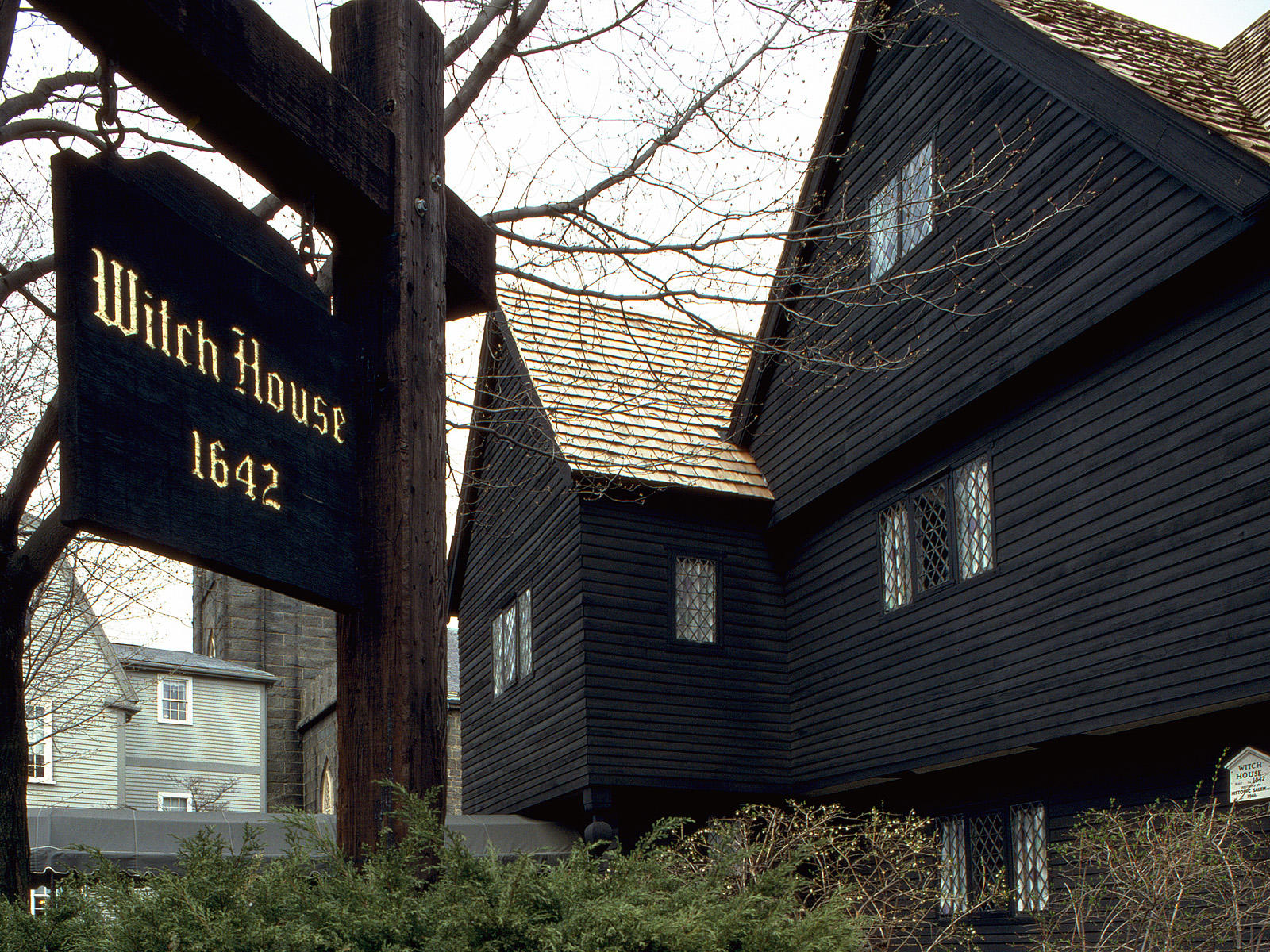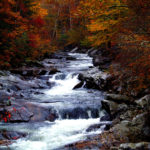In honor of Halloween, we’ve excerpted one of the spookiest entries in Patricia Schultz’s newly updated 3rd edition of 1,000 Places to See in the United States & Canada Before You Die.
Salem, Massachusetts
Salem has enough attractions and diversions for two cities—one obsessed with witches and Halloween, the other with history, art, and architecture. The city is best known for the infamous witch trials of 1692, a dark episode that saw innocent people imprisoned and executed as an atmosphere of intolerance gripped a community (whose name, ironically, is derived from the Hebrew word for peace). A century later, the newly independent U.S. plunged into “the China trade,” as the hugely lucrative commerce with Asia was known, and Salem became the richest city per capita in the country by 1790.
The Peabody Essex Museum captures both eras and much more. The oldest continuously operating museum in the country (since 1799), the Peabody Essex houses more than two million objects from around the world, including one of the best Asian art collections in North America. It also owns two dozen historic houses, the best known of which is Yin Yu Tang, the only complete Qing Dynasty house outside China. Imported from Anhui province, the house is ornately decorated inside and out, and is well worth a separate in-depth visit.
The rambling House of the Seven Gables, the inspiration and setting for Salem native Nathaniel Hawthorne’s novel of the same name, is a wooden waterfront mansion built in 1668 (and extensively restored in 1910) that was home to the author’s cousin. A guided tour takes visitors up the secret staircase mentioned in the book and acquaints visitors with Hawthorne’s life and work, the most famous of which is The Scarlet Letter.
The Salem Witch Museum recounts the witch hysteria that originated in nearby Danvers with a couple of young girls with active imaginations during the long New England winter, and soon escalated into trials of adults accused of witchcraft on the flimsiest of pretexts. In the summer of 1692, a Salem court convicted 27 people, and 20 were put to death (19 of them hanged); countless others were thrown in gaol (jail) indefinitely. The museum puts this cautionary tale in context. Like most other Salem attractions, it keeps extended hours in October, when Salem throws a monthlong party to celebrate Halloween.
Hang your hat at the historic Hawthorne Hotel, a 1925 building which is right across the street from the handsome Salem Common and is the classiest choice in town. Guests who check into any of the four guest rooms of the Morning Glory B&B can imagine life in 1808, the year this painstakingly restored home was built. It is within walking distance of everything, with a third-floor rooftop deck with ocean views for R&R at the end of the day.
Historically, Salem was home to the sea captains and wealthy merchants, while neighboring Marblehead, on the waterfront, was a fishing village and port. Today Marblehead, the self-appointed “Yachting Capital of America,” is both a prosperous suburb and an antique seaport (and one of many locales that claim to be the birthplace of the American Navy). The tumble of narrow streets of historic Old Town is virtually an open-air museum of architecture; plaques on many houses give the name and occupation of the original owner and the date of construction, often predating the American Revolution. Many of them house artful shops, bakeries, quaint eateries, and specialty stores. The gracious Harbor Light Inn is a romantic choice of 21 rooms (and five off-site apartments suited for families) tastefully furnished in unfussy Federalist style, with the welcome surprise of a quiet garden patio and heated outdoor pool.
Where: 15 miles northeast of Boston.
Best times: late July for Marblehead Race Week; early Sept for the Labor Day Regatta; Oct for Halloween in Salem, when the city pulls out all the stops.






No Comments